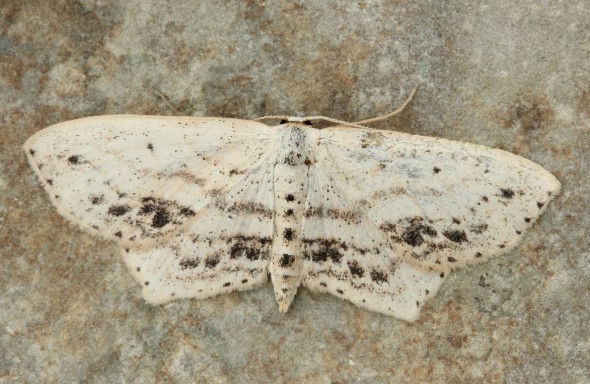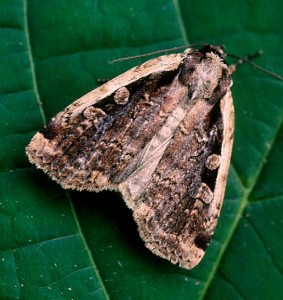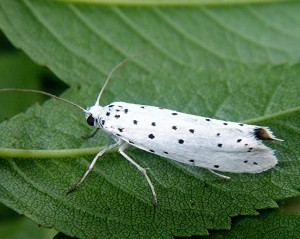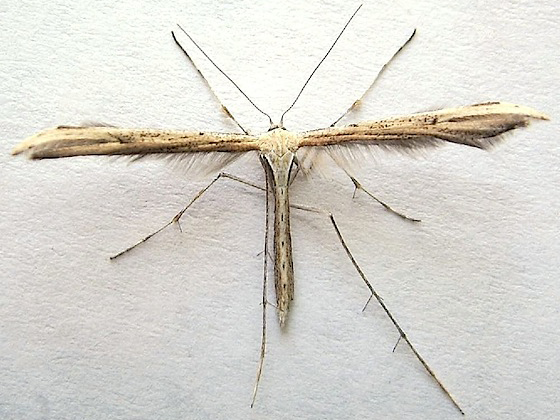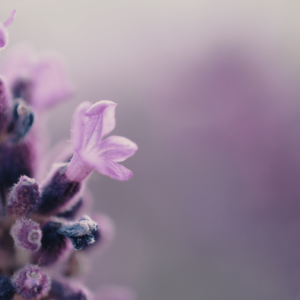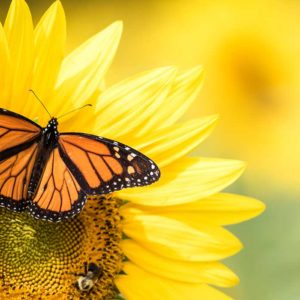Monarchs & Nighthawks – Nature Canada celebrates National Moth Week! (Part 3 of 3)
The beginning of Moth Week began the 3rd weekend of July, the same day as Day 1 of our 2015 Summer NatureBlitz. National Moth week is used to celebrate the wonders of moths, all over the world. This way, we can identify areas with great moth diversity, and find species that may be uncommon or rare! Our expert for the night was Diane Lepage. An excellent moth expert indeed, she was able to identify many of the species that ended up making an appearance.
The event began at 9:30 pm, with a great show of fireflies leading up to the event. Fireflies have an amazing chemical reaction in their abdomen that causes illumination. Scientists are studying fireflies very closely, as the light source is nearly 100% efficient, meaning none of the energy escapes as heat. If you’re interested in seeing fireflies in large numbers, July is a great time to see them at the edge of Carlignton Woods!
So how does someone go “mothing”?
You need a few things; a cotton sheet (cheap ones are fine), rope, a light source (regular bulb, black, or mercury vapor light), a flashlight, and a good field guide!
Peterson’s Moth Guide to Northeastern North America seems to be the best identification guide out there at the moment. Cameras are always handy, as some moths don’t like being lit. A quick shot can capture a moth forever, even allowing you to zoom in and get a great amount of detail.
To being, set up a sheet in open area with nearby trees or shrubs. Tie your rope from one tree to another, and drape your cloth over it. If you have different kinds of lights, you can set them up on either side of the sheet. This way, you can get different species attracted to different light sources. Now you just sit and wait! It doesn’t take long before moths find their way to your sheet. The peak time during the night for moths is around 1 a.m., but you are guaranteed to see many others before!
Why are moths attracted to lights? Many believe that it’s because they use the moon to navigate. But there is no real answer. The only thing we know is that the light disorientates the moths, and they need to rest, so they stick to the sheet to take a break.
Nature Canada would like to personally thank all of the volunteers, experts, and participants for coming out and making this another successful event!
Below, you will find the complete list of species found, and some photos of the specimen themselves.
GEOMETRIDAE
[one_half]Camaea perlata
Idaea dimidiata
Protoboarmia porcelaria
Scopula cacuminaria[/one_half] [one_half_last] Pale Beauty
Single-dotted Wave
Porcelain Gray
Frosted Tan Wave[/one_half_last]
ERIBIDAE
[one_half]Virbia Ferriginiosa[/one_half] [one_half_last]Rusty Virbia [/one_half_last]
ERIBIDAE (Sub families)
[one_half]Red-lined Panopoda
Zanclognatha jacchusalis[/one_half] [one_half_last]Panopoda rufimargo
Wavy-lined Zanclognatha[/one_half_last]
NOCTUIDAE
[one_half]Acronicta morula
Apamea amputatrix
Eueretagrotis sigmoides[/one_half] [one_half_last]Ochre Dagger Moth
Yellow-headed Cutworm Moth
Sigmoid Dart[/one_half_last]
[one_half]Leucania ursula
Panopoda rufimargo[/one_half] [one_half_last]Ursula Wainsco
Red-lined Panopoda[/one_half_last]
LASIOCAMPIDAE
[one_half]Malacosoma Americana[/one_half] [one_half_last]Eastern Tent Caterpillar moth[/one_half_last]
CRAMBIDAE
[one_half]Herpetogramma pertiextalis
Herpetogramma aeglealis[/one_half] [one_half_last]Bold-Feathered Grass moth[/one_half_last]
TORTRICIDAE
[one_half]Olethreutes ferriferana
Olethreutes permundana
Cenopsis pettitana[/one_half] [one_half_last]Hydrangea Leaftier Moth
Raspberry Leafroller Moth
Maple-Basswood leafroller[/one_half_last]
YPONOMEUTIDAE
[one_half]Yponomeuta padella[/one_half] [one_half_last]Orchard Ermine[/one_half_last]
PTEROPHORIDAE
[one_half]Emmelina Monodactyla[/one_half] [one_half_last]Morning Glory Plume moth[/one_half_last]

